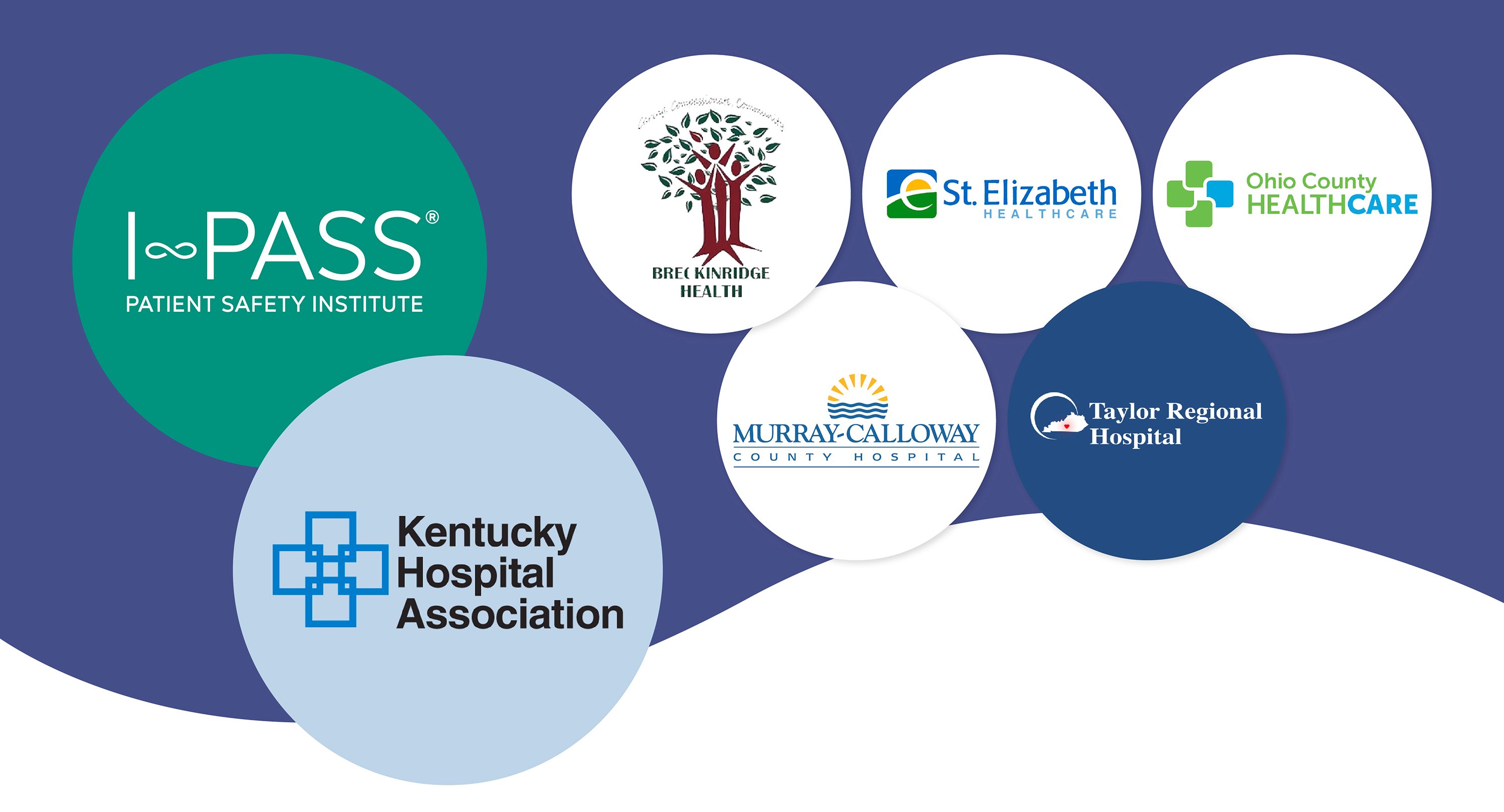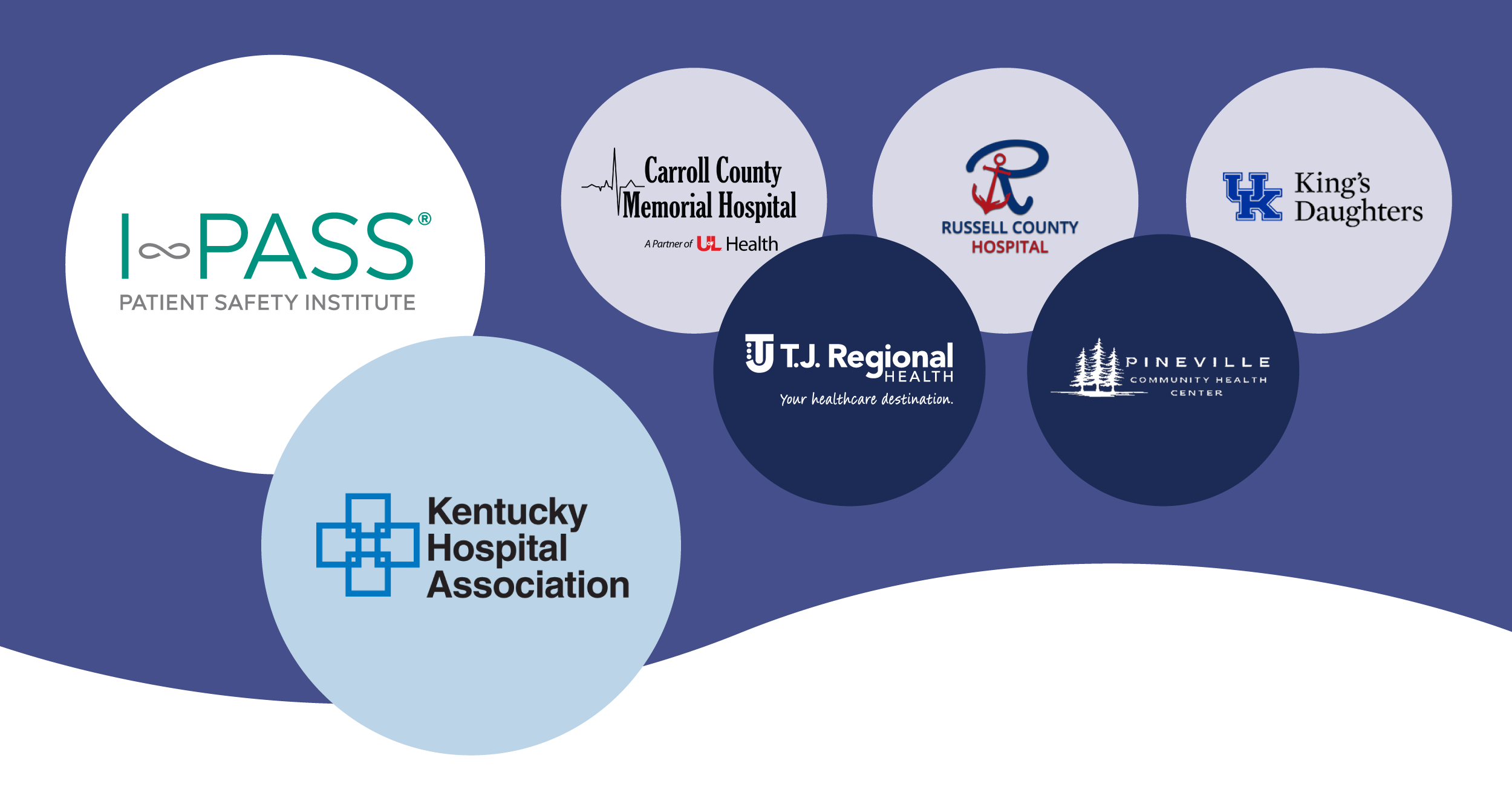Nurses play a critical role at every healthcare institution. Yet the profession continues to face shortages driven by an aging population with an increased need for health services, an increasing prevalence of chronic diseases, and high nursing staff turnover. To address insufficient staffing, hospitals and health systems are turning to more flexible nurse staffing models.
Once hired, mainly to resolve temporary staffing issues and fill short-term vacancies, travel nurses became essential during the COVID-19 pandemic and continue to bridge staffing gaps across the country. At the same time, the travel nurse profession is attracting more nurses, especially millennials, as it provides the opportunity for flexibility, adventure, and a substantial pay increase. A 2021 survey found that 13% of nurses planned to work as travel nurses the following year, more than double the percentage reported in 2017.
Like anyone starting a new job, travel nurses face an adjustment period at the beginning of each hospital assignment as they learn the new environment, culture, and way of working. Therefore, it’s critical for hospitals to have a system in place that enables travel nurses to quickly become acclimated to the facility and its clinical care procedures so that they can avoid disruption in care and risk to patients.
Shining a Spotlight on Handoff Communication Variability
Travel nurses know firsthand that care delivery processes differ across institutions. They also know that the handoff procedure in particular can differ not just among facilities, but also among units within the same facility. This can be extremely problematic, as travel nurses often must learn a new handoff procedure while synthesizing patient information from the outgoing nurse or giving a fully comprehensive report to the incoming nurse.
Wyatt Connor, RN, has been a travel nurse since 2021 and he’s already had to learn multiple handoff communication methods. In the floating pool at one hospital in particular, he found that almost every unit had their own preferred process for handoffs. “Everyone was doing something different,” he said. “I had no choice but to use a blank piece of paper for reports and try to follow the method each charge nurse was using.”
Similarly, leaders at Carilion Giles Community Hospital found the handoff workflow varied from unit to unit. Sometimes the emergency department (ED) nurses would use group report, while nurses in the medical-surgical unit mainly conducted nurse-to-nurse communication without entering a patient’s room, resulting in handoff communication that was haphazard and inconsistent.
Every nurse’s main concern is their patients, but it’s difficult for travel nurses to dive into care delivery headfirst when they need to learn a new report sheet, sometimes in only one or two shifts of orientation. As a result, working as a travel nurse can feel like trial by fire. One of the biggest challenges is how much the policies and best practices differ from one hospital assignment to the next. Wyatt compares it to being trained to work at a retail store one day and then the next day working at a grocery store and being expected to already know all the product codes and prices. To reduce this common discrepancy across the healthcare system, it’s critical to remove unnecessary variability, provide structure, and create consistency.
Recognizing the Risk of Inconsistency
While travel nurses help health systems solve staffing shortages, the variable nature of this staffing model makes it imperfect. When there are undefined ways of communicating in a hospital or unit, a travel nurse will be unfamiliar with the process, opening myriad possibilities for critical information to be lost and consequently posing a serious risk to patients.
An analysis of risk data from nearly 7,000 closed malpractice claims identified more than 12,000 risk management issues and discovered how malpractice risk factors differ for travel nurses. The data emphasized that travel nurses are often not in one institution long enough to manage a patient’s follow-up care. The report also showed travel nurses tend to be unfamiliar with an organization’s specific procedures or communication mechanisms. But the risks don’t outweigh the benefits of travel nurses. Instead, hospital and health system leaders should prioritize standardized handoff communication and implement solutions that provide structure within institutions.
Putting Structure in Place for Flexible Staffing
In this transient profession, travel nurses crave consistency. When Wyatt began his current travel assignment in the heart and vascular unit at Dartmouth-Hitchcock Medical Center (D-H), the flagship campus of the Dartmouth Health system, he was pleasantly surprised to find a structured handoff process and quickly noticed that nearly every clinician in his unit uses I-PASS. D-H began implementing the I-PASS Bundle in 2020 to reduce serious safety events, mitigate communication risk, and reach its goal of zero preventable patient harm. “The handoff process you have here is fantastic! From the report you print out to the I-PASS mnemonic, it’s better than any handoff process I’ve seen at other hospitals,” Wyatt shared with the D-H team.
I-PASS provides a structured handoff communication method and a shared mental model to make onboarding seamless for travel nurses and help build trust with the in-house nursing teams. Since I-PASS is used by nearly every clinician at D-H, Wyatt found it was easier to jump right into patient care at the start of his assignment. In terms of trust, he agrees that I-PASS helps full-time staff feel confident in travel nurses coming and going because all patient information is captured in the reports.
Additionally, I-PASS positively impacts communication during handoffs. “The structured workflow ensures that information doesn’t get overlooked. At the same time, it doesn’t inhibit communication between clinicians; it helps uphold a standard for good reports, and it’s an additional aid on top of that,” Wyatt explained. Thinking back to his assignment in an ED holding area at another facility, Wyatt described the chaotic, fast-paced environment and noted how helpful I-PASS would have been to improve communication in that care setting.
It’s situations like these that led to the development of the I-PASS handoff methodology, a proven blueprint for conducting care transitions to capture often-missed patient information, prevent miscommunication, reduce medical errors, and enable hospital leaders to confidently hire temporary staff like travel nurses. As a unified structure for verbal and written communication, I-PASS serves as a road map for travel nurses to collaborate more effectively with the existing hospital team and helps advance the reliability of an institution’s patient safety culture in the process.





